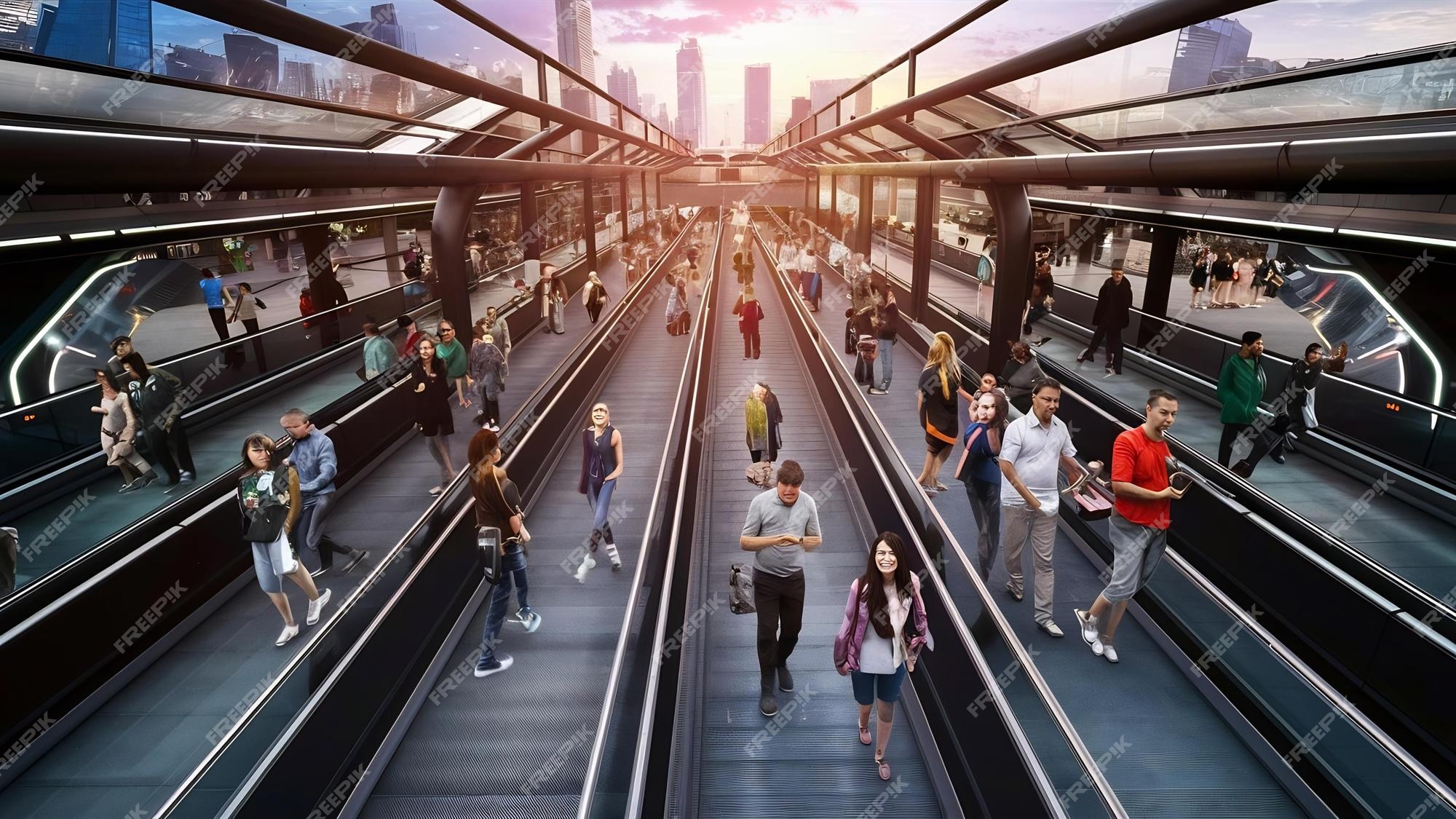
While most people think that the most effective way to transport people over a large space or crowded area would be escalators and elevators, moving walkways are actually an alternate option in horizontal transportation. From navigating across an airport to strolling across a mall or even crossing convention centers, these walkways make the process of moving effortless and efficient.
In a fast-paced city like Dubai, companies are always striving to push the boundaries. Take, for example, how many elevator companies in Dubai are now expanding their scope of work to include horizontal transportation solutions such as moving walkways that have now become an integral part of modern infrastructure.
Let’s explore what moving walkways are, how they function in the world, and why they’re indispensable.
What Are Moving Walkways?
Also known as a travelator or horizontal escalator, a moving walkway is essentially a conveyor belt designed to transport people over long distances within a building or an industrial site. In contrast to escalators that move vertically, moving walkways are horizontal or slightly inclined, making it easier to traverse large, flat spaces. You may have seen moving walkways in airports, malls, theme parks, or exhibition centres.
Commonly, moving walkways are made with a rubber or metal surface and work on the principle of escalators. The passengers’ step onto the walkway, and it moves them forward. Normally, the length of these is between 100 and 300 feet. However, if the space is bigger, the length can be extended.
Types of Moving Walkways
Belt Moving Walkways: They include a continuous rubber belt surface and are thus best suited for travelling over flat, extended areas, such as in airports or major shopping centers.
Pallet Moving Walkways: This one is made from interlocking metal or plastic pallets and is more suited for high-traffic areas, such as amusement parks and public transportation centers.
Both variations provide the same service but are designed differently and used in different situations.
Where are Moving Walkways Found?
The most common place where moving walkways can be found is in airports, where they help travelers reach gates or baggage claim areas over long distances quickly. They are also usually found in big shopping centres, connecting points; in theme parks, so visitors do not feel tired going from one attraction to the next; and in transportation centers for smoother and faster flows of people.
Why are Moving Walkways Important?
Firstly, they save time. In big spaces, like airports, malls, or convention centers, it is exhaustively tiring to walk long distances, especially when one has lots of luggage or shopping bags. The walkways will carry users across such distances with ease.
Secondly, they streamline traffic. Since they provide a quicker mode of movement for those in a rush, they curb congestion in high-traffic areas. For example, at airports, individuals who have limited time to spare can use the walkways while others walk beside them.
Last but not least, they make things more accessible. Walking escalators are essential for individuals who are unable to walk very far, such as older persons or the physically challenged.
Safety and Maintenance
Like any mechanical system, the moving walkways also need regular maintenance to keep them functional and safe. Routine inspections make sure everything runs right because many people are using it, especially on crowded days. Safety features incorporate grip rubber or a handrail so users can hold onto it for balance, especially if they have bags in their hands. Some walkways feature emergency stop buttons as well.
Because escalators can’t handle as much traffic as moving walkways and operate on a batch basis, moving walkways are far more efficient for short to mid-range distances.
Escalators are best employed for vertical transportation, while moving walkways are used to cover long horizontal distances. In their entirety, the systems mentioned above provide a means of transportation throughout a large commercial area.
Future of Moving Walkways
Travelators will continue to be even smarter and more efficient as technology advances. Innovations could involve walkways that adjust their speed depending on traffic or those integrated with navigation apps that quickly guide people to their destinations. The potential for improvement is massive, and moving walkways will be an integral part of the infrastructure in smart cities.
